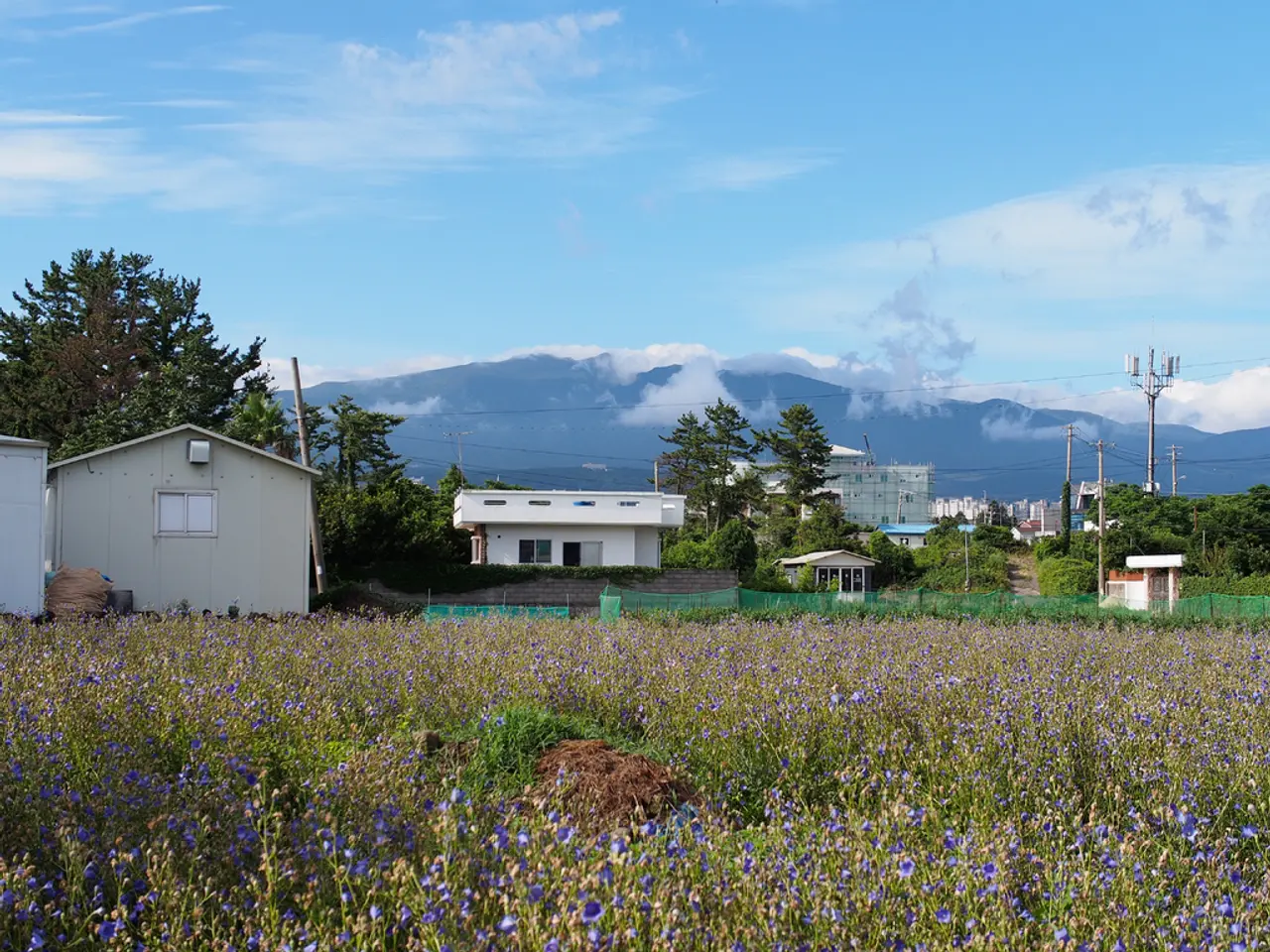Solar power and energy storage systems are strengthening Puerto Rico's electrical grid throughout the summer season.
In the aftermath of Hurricanes Irma and Maria, which caused the longest blackout in American history, Puerto Rico has made significant strides in energy resilience. The growth of behind-the-meter (BTM) virtual power plants (VPPs), particularly solar-plus-storage systems, has significantly contributed to alleviating energy shortages on the island.
The scale of deployment is impressive. Approximately 175,000 households now have solar panels, and at least 160,000 of those also have battery storage, creating a massive distributed energy resource. Companies like Sunrun have deployed and begun dispatching over 37,000 home batteries, representing a major operational scale-up in Puerto Rico’s VPP capacity.
These VPPs have proven crucial in preventing blackouts during generation shortfalls of up to 50 megawatts. The grid operator LUMA anticipates over 75 energy shortfall events requiring four-hour dispatches through October, for which these VPP resources are vital.
Economic incentives and customer participation are also key factors. Customers participating in these programs can earn a minimum of approximately $200 per battery annually, with options to earn more by allowing greater grid energy export. Programs like Puerto Rico’s Customer Battery Energy Sharing (CBES) have grown rapidly, reaching about 9,500 participants and 21 MW of dispatchable power, with expansion plans targeting 60 MW and 48,000 customers.
Puerto Rico’s legislative framework, including the Puerto Rico Energy Public Policy Act of 2019, has embedded solar and storage into the energy system with the aim of 100% renewable energy by 2050, fostering an environment conducive to BTM solar/storage growth and VPP development. The island is seen as a global leader in utilizing residential solar and batteries as a large-scale grid stabilization resource.
These solar-storage VPPs act like clean replacements for gas peaker plants, providing fast and reliable power during peak demand or grid instability while supporting renewable integration.
In summary, behind-the-meter virtual power plants in Puerto Rico are playing an unprecedented role in keeping the power grid stable and energized. They directly address energy shortages through large-scale residential solar and storage integration, innovative grid service dispatch, and strong customer participation supported by favourable policies and market incentives. This model is notable for its scale and impact, offering a blueprint for other regions with vulnerable grids.
Recent developments include the use of batteries for two weeks to overcome energy shortfalls and deliver power to approximately 3 million residents, and the Puerto Rico Energy Bureau's emergency expansion of the "customer battery energy sharing" program in May. Customers can adjust their battery settings to send more energy onto the grid, earning more money, or keep more energy for personal backup, earning less.
The growth of these VPPs began from a pilot program in 2023 and has evolved into the first operational BTM VPP in Latin America and the Caribbean. Puerto Rico's Republican governor Jenniffer González Colón is shifting her stance in support of keeping the island's net-metering system, which advocates say is crucial for expanding solar and storage.
As the industry continues to grow, companies are installing thousands of solar and storage systems a month in Puerto Rico. The future of the island's energy system looks brighter and more resilient, thanks to the deployment of these behind-the-meter virtual power plants.
- The growth of behind-the-meter virtual power plants (VPPs) in Puerto Rico, fueled by economic incentives and customer participation, has not only helped alleviate energy shortages but also positioned the island as a global leader in using residential solar and batteries as a large-scale grid stabilization resource.
- In the realm of finance, investments in Puerto Rico's VPPs offer an interesting intersection of technology, politics, and general-news, demonstrating how smart energy solutions can mitigate power outages and support the goal of 100% renewable energy by 2050, while providing substantial economic opportunities for residents.




